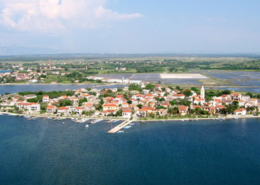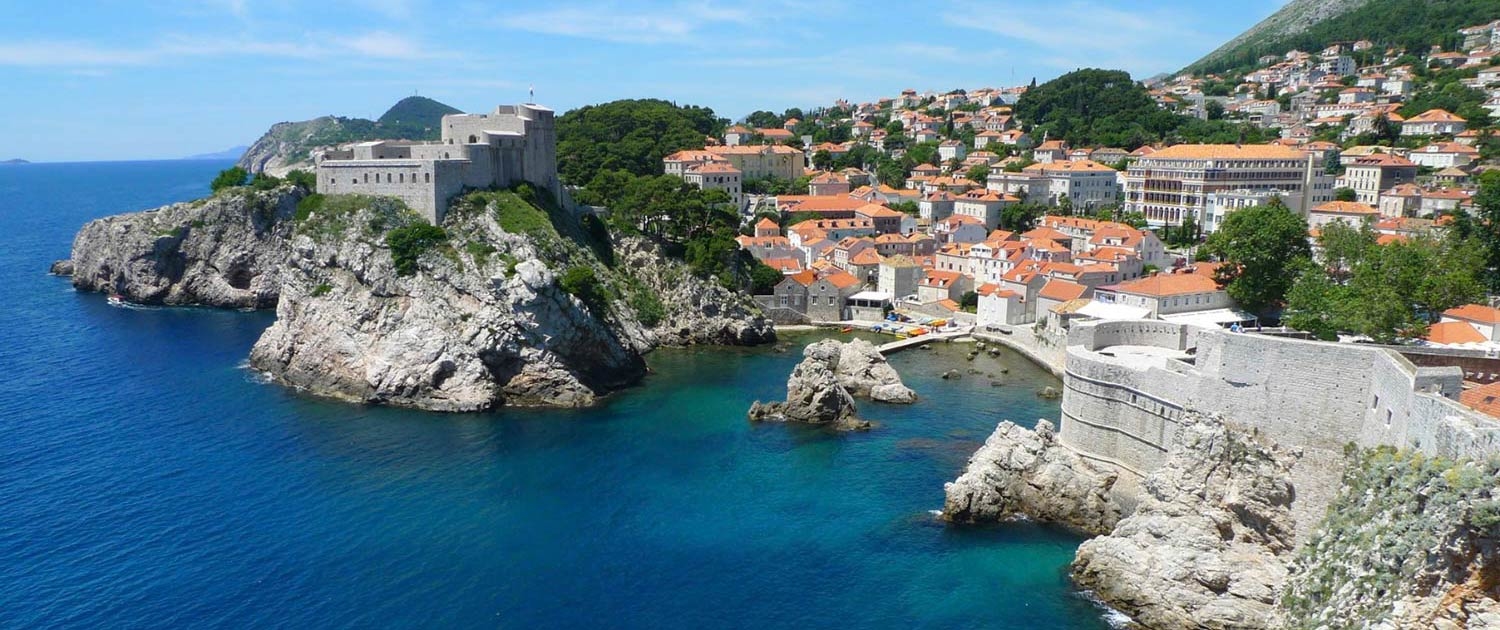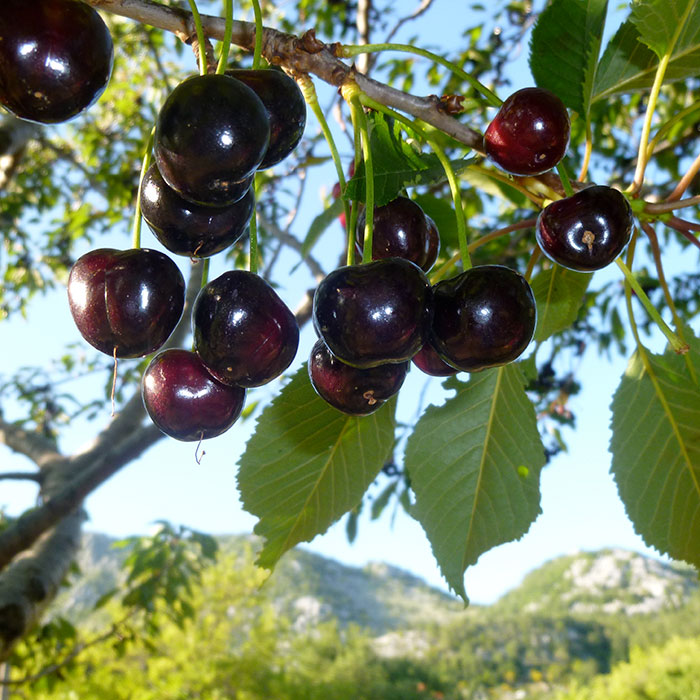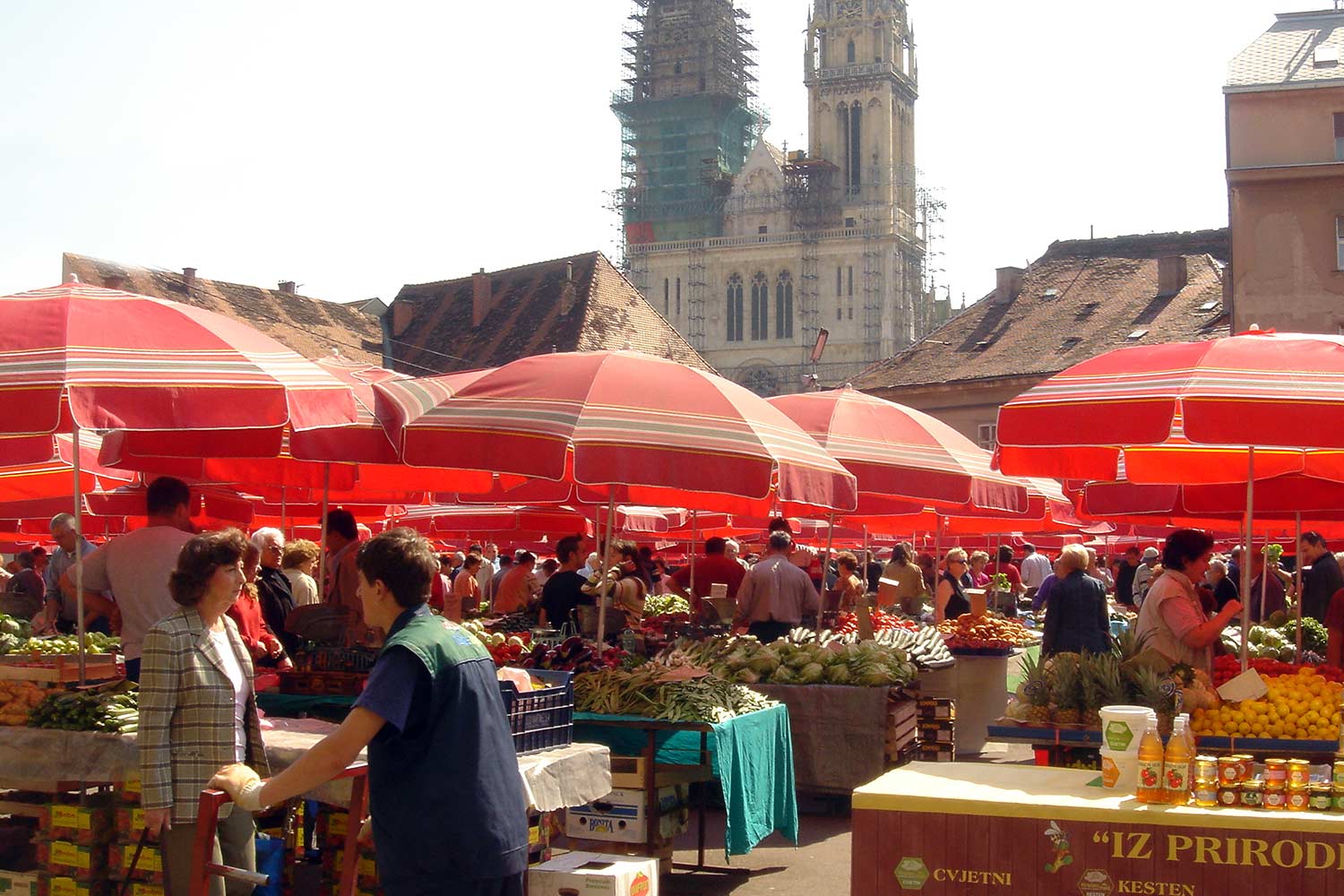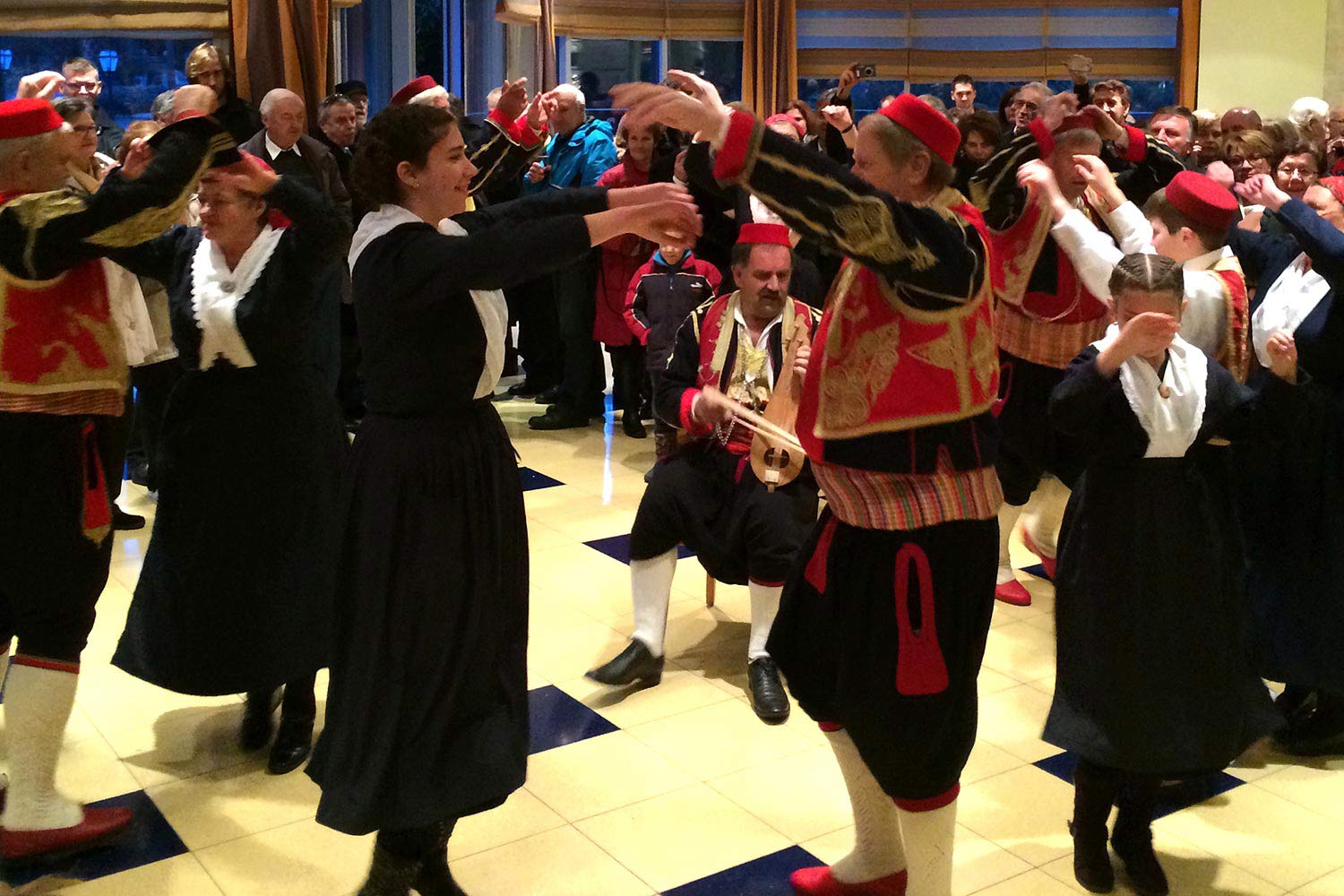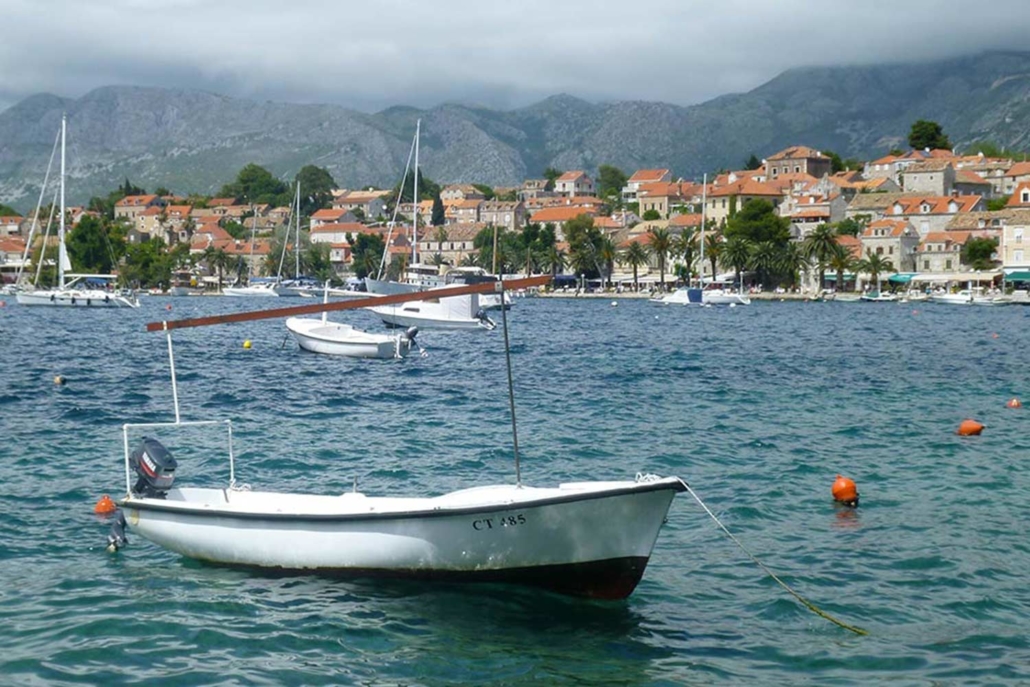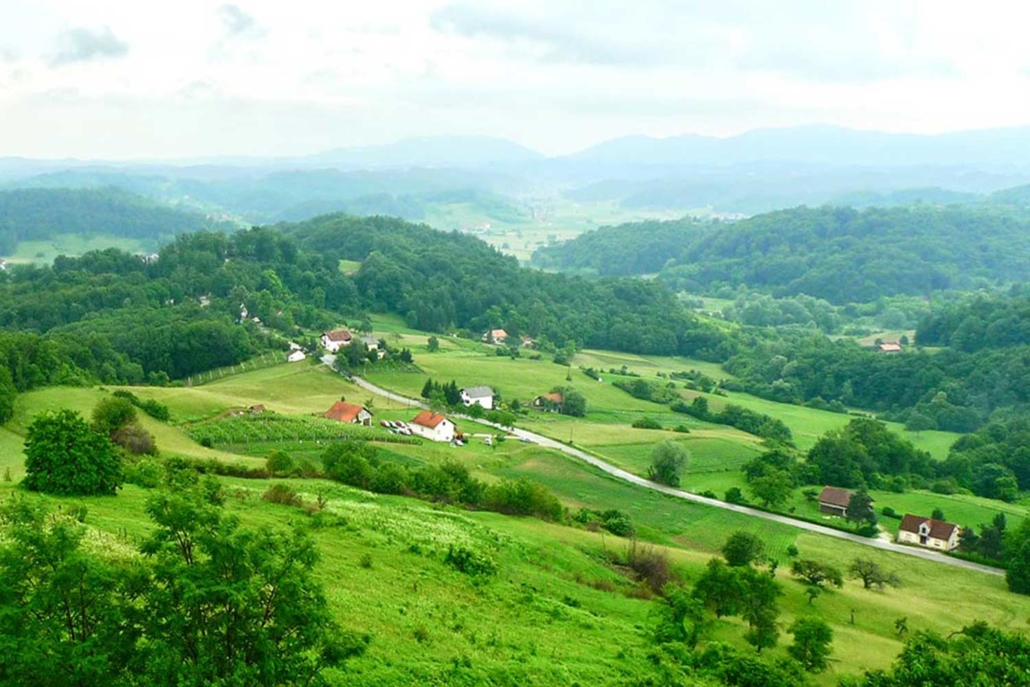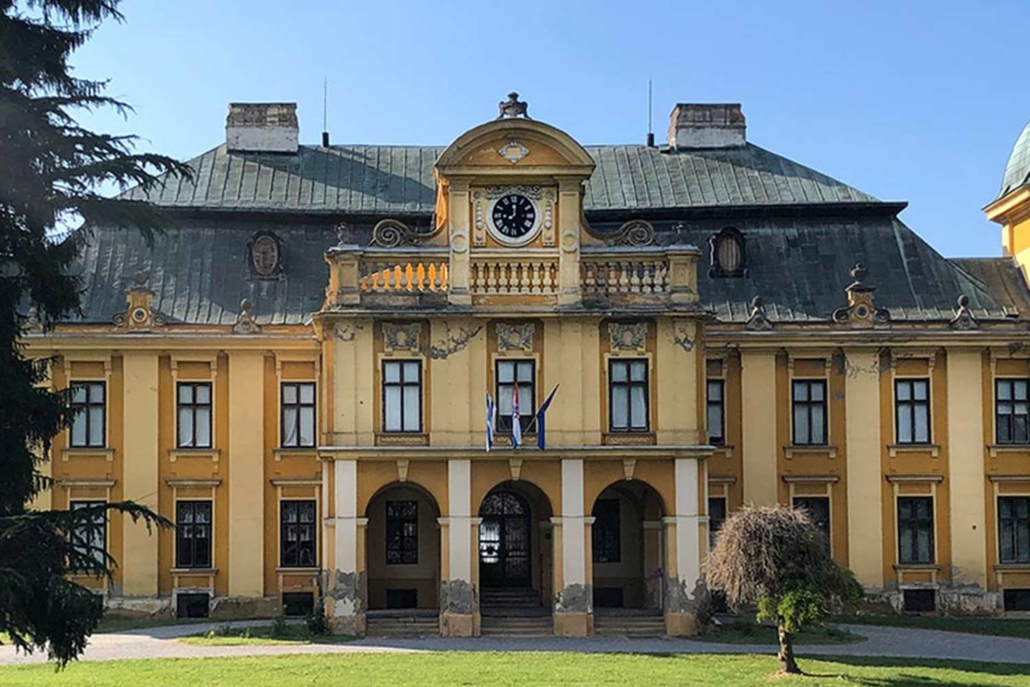How could history possibly be boring? History is stories—not a list of dates and places, but a retelling of the lives of people who walked on the same cobbled streets and admired the same buildings we see today. That couldn’t be more true than in a city like Osijek, whose stories include marauding Ottomans, the land-hungry Habsburg monarchy, and a modern war that left the scars still visible on the town’s lovely Baroque buildings.
Slavonia has been prized throughout history for its location between primary rivers, its abundant natural resources, and its fertile growing regions. As with much of Croatia, the region’s ancient history features the Illyrians and Celts. Located on the Drava River, the city of Osijek gained prominence in this region and was an important center in Roman times under the name Mursa.
Osijek was settled by Croats in the 7th century. The city was almost completely destroyed by the Ottomans in 1526, rebuilt in their distinctive style, and occupied by them. In 1687, Osijek was the site of a standoff between the Ottomans and the Habsburg and Bavarian armies, which led to the Ottomans’ fatal defeat at the Battle of Mohacs. This opened the way for centuries of growth and development, bringing many features that are similar to other central European cities.
So grab a good guidebook—better yet, find a local guide—and discover the stories that this walkable city is waiting to reveal. A good place to begin is Tvrđa, a Habsburg star fortification with the largest collection of Baroque buildings in Croatia. In its time it was the largest Habsburg fortress on the border with the Ottoman Empire, protecting this gateway city from reinvasion. Tvrđa is home to the wonderful Museum of Slavonia, which contains many historical artifacts. While you’re there, don’t miss Crkva svetog Mihaela (the Church of St. Michael), built on the site of the Turkish Kasim-Pasha mosque; you can find yellow paving from the Ottoman period, and the church bells are said to ring every Friday at the exact moment of liberation from the Ottomans in 1687. And be sure to indulge in Croatian coffee culture at one of Tvrđa’s many outdoor cafés.
Then take a leisurely stroll to Europska avenija (European Avenue), lined with the elegant Secession-style Austrian manors that Osijek is famous for. Find a fresh snack or fill your shopping bag at Tržnica Osijek, the lively farmer’s market that features fruits and vegetables from some of the richest agricultural areas in all of Croatia. Finally head toward the main square, Ante Starčević Square, to visit Osijek’s stunning cathedral.
Osijek is alive with history, culture, and traditional crafts.
Explore the four unique historic and cultural regions of Croatia
Ancient cultures settled and thrived in locations with access to natural resources—particularly fresh water, necessary for every aspect of life. For thousands of years, various people groups have populated the area of Vinkovci in Slavonija. Located on a raised bank of the Bosut River, Vinkovci is safe from flooding but within proximity of the river’s benefits. The earliest known cultures settled here around 6200 BC, making this the oldest continuously inhabited area in all of Europe. They brought farming and domesticated animals, and produced pottery and other crafts.
The oldest known Indo-European calendar was discovered here in 1978, inscribed on a ceramic pot from the Vučedol culture of 3000–2200 BC. The Vučedols, contemporaries of Troy, the Old Kingdom of Egypt, and Mesopotamia, found order in the stars, and marked the seasons with the dominant constellation of Orion. Their society was highly developed, and they have left us with fascinating artifacts from their main craft of copper smelting, as well as other materials.
Slavonia was also once part of the Roman Empire; a Roman commercial center was established here in pottery and agriculture, beginning in the 1st century AD and reaching its pinnacle in the 4th. We are reminded that two Roman emperors were born here into an Illyrian family. The first brother, Valentinian I, ruled the western half of the empire and was considered the last great Western emperor. He gave control of the eastern half to his brother, Valens, as co-emperor. Just 35 years after the dramatic story of these two brothers and their over-sized territory came the disintegration and fall of the Roman Empire.
Agatha Christie fans will recognize Vinkovci from “Murder on the Orient Express”; it was a major station on the Simplon Orient Express route between Constantinople and Paris, connecting east and west. Today, a pleasant walk through the lovely 18th-century Baroque town square barely hints at the many stories, achievements, and hardships that have left their mark here. But the craft and artistry that continue today have been practiced throughout Vinkovci’s history, and we at DOMA Trading are happy to have found extraordinary artisans who are keeping those traditions alive.
We feel fortunate to have found some of Vinkovci’s extraordinary artisans who continue to practice traditional crafts.
Explore the four unique historic and cultural regions of Croatia
Središnja Hrvatska (Central Croatia) is the central and most significant economic region of Croatia. The Slavic influence on this heart of a very oddly shaped country begins with the great migration into southeastern Europe during the first millennium AD, as Slavs and other groups pushed westward the Germanic tribes who had attempted to control the territory of the fallen Roman Empire. From the 5th to 7th century AD, different tribes of South Slavs settled in the Balkans. Over the centuries these groups populated and developed, but also experienced conflicts, rule, and slavery at the hands of various invaders—all of which is reflected in the diversity of language, food, and culture among the different regions of Croatia today.
You will likely enter Croatia by Zagreb. It is the capital of both the region and the country, and contains Croatia’s main airport, dominant commercial center, and more than half of the country’s population. It is Croatia’s premier cultural destination, offering museums, theaters, galleries, and educational institutions—including the University of Zagreb, which has been in continuous operation since 1669.
Zagreb is worth your time exploring, and architecture fans will love the various, sometimes opulent, styles. The Gothic Zagreb Cathedral, first completed in the 13th century and since renovated, is the tallest building in Croatia. The iconic St. Mark’s Church is Romanesque, also from the 13th century. In walking distance you will also discover Baroque, Art Nouveau, Socialist, and Modern styles.
But don’t rush off to the coast once you’ve seen the city—Central Croatia is a region packed with history, recreation, and contrasts. Fairytale villages and well-preserved castles dot lush forests and hills. Hikers and bikers can explore rural landscapes or enjoy challenging trails through portions of the Dinaric Alps. In the winter there is skiing and snowboarding. At popular Plitvice Lakes National Park, you can wander among stunning lakes and waterfalls. Visit Ščitarjevo’s Roman ruins, the Renaissance star of Karlovac, and Veliki Tabor castle in Zagorje. And if you’re lucky, you’ll be in time for one of the cultural festivals in Lepoglava, Kumrovec, or Čakovec—and see history come alive.
Read more about the cities and villages where our Artisans live and work.
Explore the four unique historical and cultural regions of Croatia
Slavonia is a region rich in culture, history, and nature. The lowland region of Slavonia was once the Pannonian Sea, which left behind a fertile land that has been cherished throughout history. In fact the Slavonian city of Vinkovci is the site of the oldest settlement in all of Europe—continuously inhabited for 8,000 years!
Three great rivers frame Slavonia. The 1,770-mile-long Danube is the second-longest river in Europe, stretching through 10 countries from Germany to the Black Sea, and has been a trade route since ancient times. The 615-mile-long Sava and the 440-mile-long Drava are tributaries of the Danube, and have provided centuries of natural resources, trade, and transportation.
The area encompassing Slavonia was once a part of the Roman Empire and was named Vallis Aurea, the Golden Valley. It is crossed by the 45th parallel, known for encircling the best wine-growing regions around the world, and the wines produced here are no exception. Over the centuries, the area has seen Medieval fortifications, monasteries, Ottoman-era churches, and Baroque mansions, as well as bloody conflicts. If you are interested in history, art, or architecture, you can explore here to your heart’s content.
If you’re planning just a quick visit to Slavonia, we think you should consider staying a little longer. The richness of the land and culture lie beneath the surface. Take time to meet the kind-natured people, enjoy their world-class wines and traditional foods, explore the lush environment, and learn about their fascinating heritage.
Read more about the cities and villages where our Artisans live and work.
Explore the four unique historical and cultural regions of Croatia
The Istrian Peninsula is the largest in the Adriatic and has picturesque towns hugging its coastline, popular seaside resorts, and an interior dotted with medieval hilltop villages upon a lush green landscape. It is becoming known as a wellness destination for healthy foods, wines, relaxation, and recreation.
The beautiful area of Kvarner extends down from the Istrian Peninsula and wraps its arms around the Kvarner Gulf on the Adriatic Sea. It includes the mountainous ranges of Gorski Kotar, two national parks, the Opatija Riviera, Crikvenica health resort, and the islands of Krk, Cres, Lošinj, and Rab.
History buffs will love exploring this region, as even the landscape has stories to tell. Since the 9th century BC, inhabitants of Istria-Kvarner have included the Illyrians, the Celts, and the seafaring Liburni. The region of Istria and the Istrian Peninsula are named for the ancient tribe of Illyrians, the Histri, who occupied the peninsula and were credited with building the first hilltop fortresses there. Over the centuries, Istria has changed hands many times. Today, monuments and architecture testify of Roman, Byzantine, Venetian, and Austro-Hungarian influence, among others.
The rich history of this area is evidenced by archaeological finds that include important ancient Glagolitic writings. Bašćanska ploča (the Baška tablet), c. 1100 AD, was discovered on the island of Krk and contains the first written mention of the name of Croatia, referring to Zvonimir the King of the Croats, who reigned from 1075 to 1089. The 1288 Vinodolski zakonik (the Vindol Statute) was also from this region and is one of the oldest Slavic and European codes. Statut Grada Kastva (the Kastav Statute) from 1400 confirms the status of the city of Kastav as an administrative and political center.
The Roman Empire left remnants of its culture in great buildings, monuments, and public works around much of Croatia, and Istria has some of the most notable structures—including the Pula Arena, one of the largest and best-preserved Roman coliseums. Unlike the Colosseum in Rome, if you time it right, you can have the Arena all to yourself to wander among the stones, listening for the echoes of gladiators and muses.
Read more about the cities and villages where our Artisans live and work.
Explore the four unique historical and cultural regions of Croatia
Probably the best-known Croatian region to American tourists is Dalmatia. Known as the “Pearl of the Adriatic,” the famous historic walled city of Dubrovnik is frequented by cruise ships and featured in movies. However there is so much more to the history, culture, and nature of this part of Croatia. It contains limestone cliffs, tiny villages, 233 miles of coastline, and a treasure chest full of some of the most beautiful islands on earth.
The name Dalmatia comes from the Illyrian tribe Dalmatae. This beautiful maritime region has been hotly contested throughout history and, as in other parts of Croatia, it once had a strong Roman presence. Roman Emperor Diocletian is said to have been born in Dalmatia, and he built his fortified retirement palace in Split, which is an integral part of the city’s center today.
The Slavs entered the picture in the beginning of the 7th century AD. In the 9th century, Croats formed the Principality of Dalmatian Croatia, which stretched along the entire coastline of today’s Croatia. They developed their own language, fortified their towns, became Christianized, and formed commercial and sometimes stormy political alliances with their neighbors.
From 1358 until 1808, the Republic of Dubrovnik (also known as Ragusa) ruled a small, politically neutral area of Southern Dalmatia and became a successful commercial rival to Venice due to their mastery of seafaring. They traded all over the world, including in the Americas. Dubrovnik abolished slave trading in 1416, rose to economic prominence in the 15th and 16th centuries, and was distinguished by advances in public health, diplomacy, law, and literature. They adopted a white flag with the Latin word “Libertas” (liberty), which is still a motto for the city of Dubrovnik today.
Over the centuries, portions of the region passed to Venice, France, Austria, and Italy, and were eventually united under Yugoslavia. In the late-20th-century Croatian War of Independence, Dalmatia became a bloody battleground with Serbia; the scars are still visible today.
During the summer, cruise ships overrun Dubrovnik; come in the off-season and you will practically have the Old City to yourself. The Festivity of Saint Blaise, patron saint of Dubrovnik, has been held on February 3rd continuously since the year 972. Visit Saint Nicholas Church in Čilipi to see a folklore museum and watch traditional dances, and to find beautiful handmade embroidery. And when you make your way north to Zadar, be sure to experience the music of the Morske Orgulje (Sea Organ) on the waterfront—then stay for sunset when Pozdrav Suncu (Greeting to the Sun) comes alive with color and light.
Read more about the cities and villages where our Artisans live and work.
Explore the four unique historical and cultural regions of Croatia
Croatia’s history is incredibly complex, its current era beginning with various Slavic tribes settling into the region in the 6th century. Books have been written about alliances, occupations, and land grabs over the centuries by neighbors including Austria-Hungary, France, Italy, and the Ottoman Empire. The murder of Croatian nobility, driving out of local populations, and destruction of property all weighed heavily on the attempts of a people to establish their place in history. However these same neighboring countries also brought advancements and left some of Croatia’s most valued buildings and monuments.
The early part of the 20th century saw the integration of Croatia with its neighbors Bosnia and Herzegovina, Macedonia, Montenegro, Slovenia and Serbia, into what became Jugoslavija (Yugoslavia). However in the 1990s, the union suffered a bloody break-up, the scars of which are still seen and felt today.
The Croatian language is as complex as its history. It has three main dialects: štokavski is today the literary standard used across the country; čakavski is the oldest written standard found in historical legal documents, which were mostly written in the Glagolitic alphabet, and today is spoken mainly in Istria-Kvarner and many of the islands; and kajkavski is spoken mainly in northern and central Croatia. However there are numerous subdialects, which can be identified from region to region and even town to town, as well as many words left over from the influences of outside ruling powers throughout Croatia’s history.
Croatia has a total population of a little over 4 million people. Today it is estimated that almost as many Croats live outside the country as inside it. Croatia is now suffering from a new economic emigration, reminiscent of the great historic migrations of a century ago—an estimated 47,000 people left the country in 2017 alone, and maybe as many as 300,000 in the 2010’s. The result is that, as younger Croatians adopt the cultures and customs of other countries, they are not surrounded by their own people’s beautiful traditions. However, Croatia has a rich and resilient culture which has survived the centuries—not in the halls of the politicians, but in the hearts of the people. All over the world, Croatian men and women have kept their heritage alive through stories, wisdom, and handicrafts which they have passed on to their children and grandchildren.
There are four primary historical and cultural regions in Croatia
Dalmatia (Southern Croatia)
Comprised of 233 miles of coastline and countless islands, Dalmatia may be the best-known of Croatia’s regions. Its famous walled city, Dubrovnik, is frequented by cruise ships, and Diocletian’s Palace in Split is an unmistakable landmark. But this region is also home to rich cultural traditions and a tenacity of heart and spirit that is truly unshakable.
Central Croatia
Home to Zagreb, Croatia’s political and economic capital, Central Croatia holds many of the country’s cultural and educational opportunities, as well as stunning architecture, a wealth of ancient history, incredible natural beauty, and plenty of opportunities for outdoor adventures.
Istria-Kvarner (Western Croatia)
It is easy to lose yourself on the coast in this region. Istria-Kvarner is home to some lovely resort towns and irresistible seaside living. But those who venture inland will find a different kind of magic, with hilltop villages, culinary and viticultural surprises, and a back-to-the-earth lifestyle that could only survive through the passing down of village wisdom.
Slavonia (Eastern Croatia)
Framed by three great rivers—the Danube, the Sava, and the Drava—Slavonia is an area fertile in both land and history. The region is home to Europe’s oldest continuously inhabited settlement, and it is also a prime spot for wine production. (Coincidence? We think not!) Here you can find remnants of sophisticated cultures from more than 5,000 years ago, side by side with 18th-century architecture.

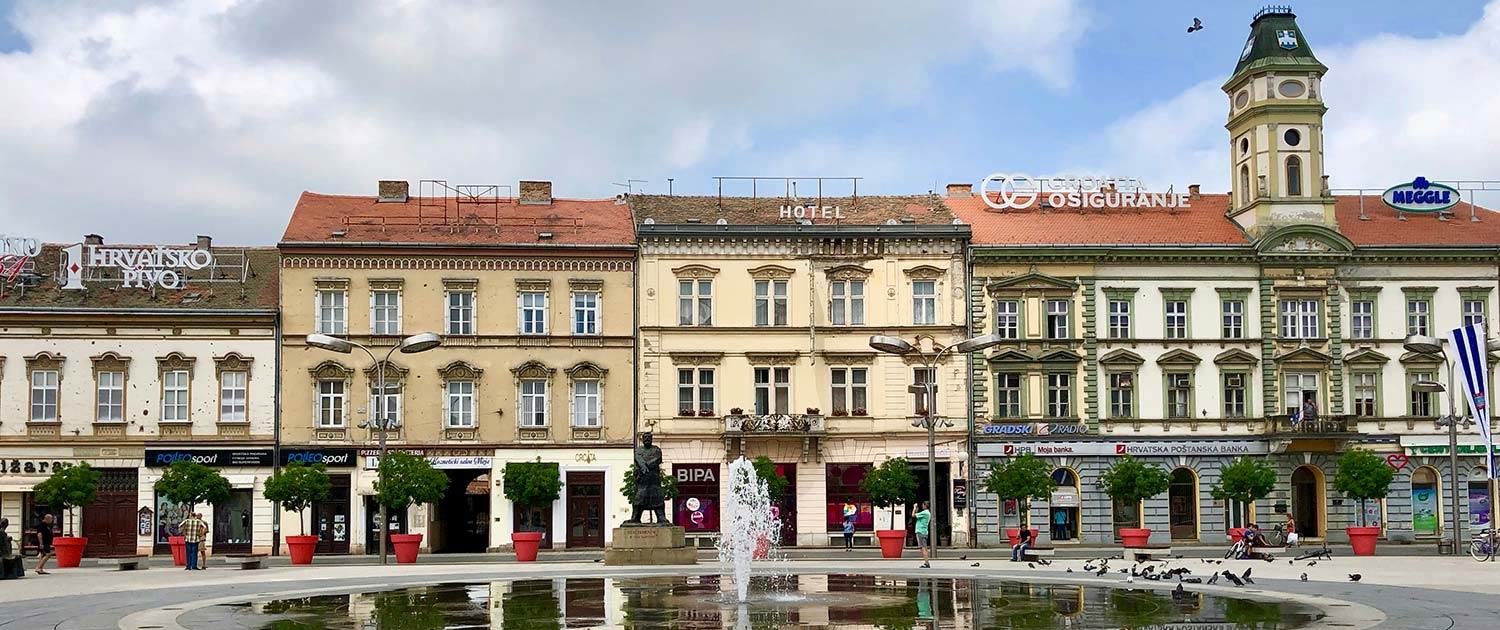
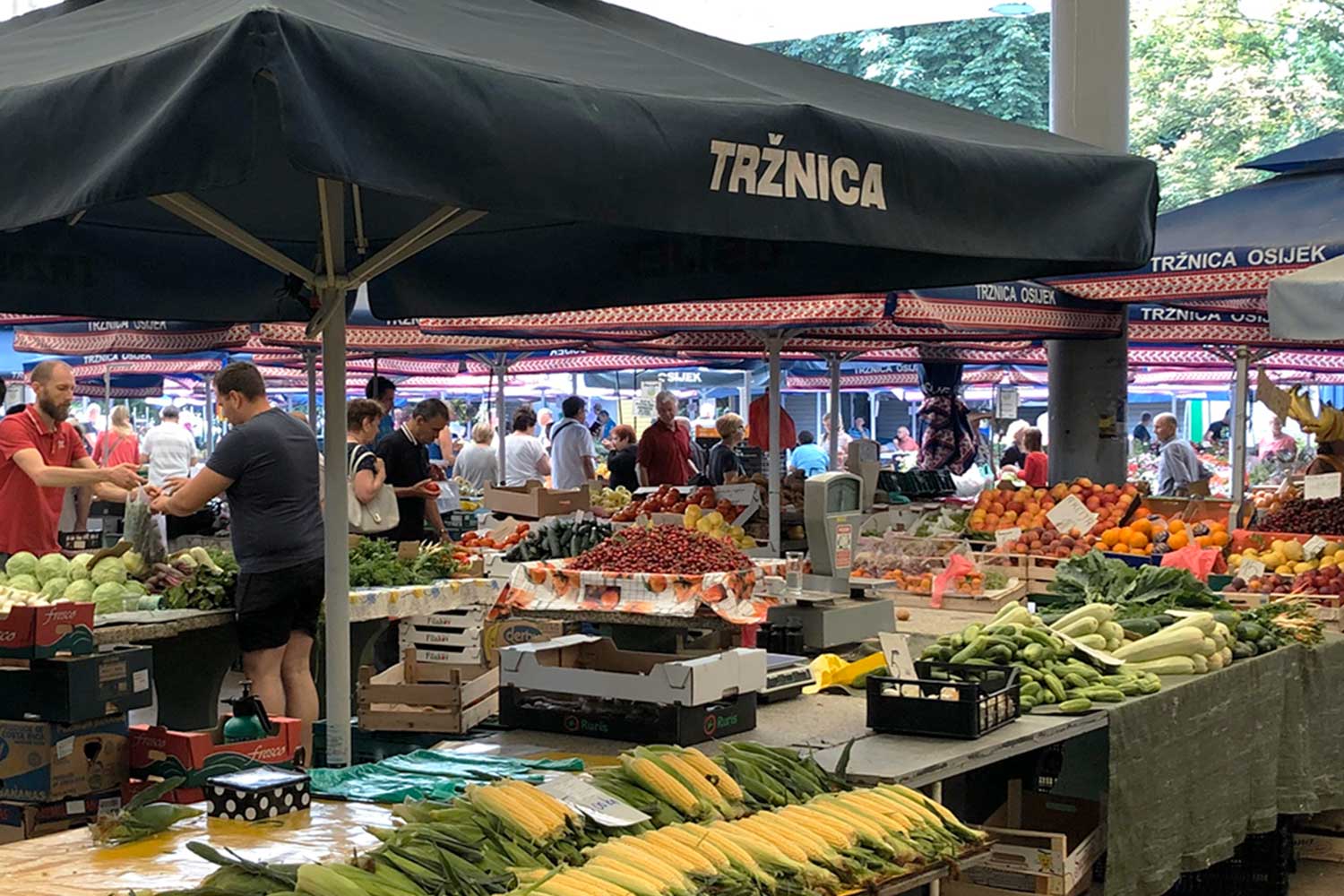
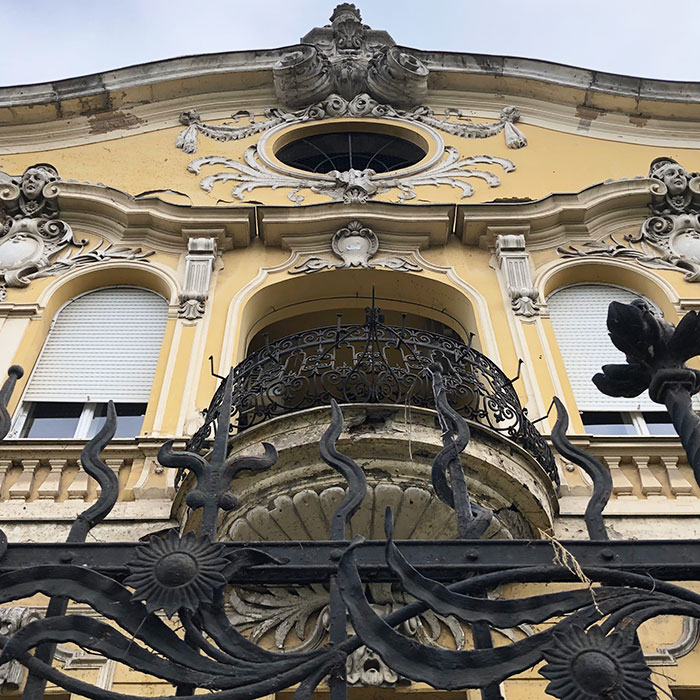
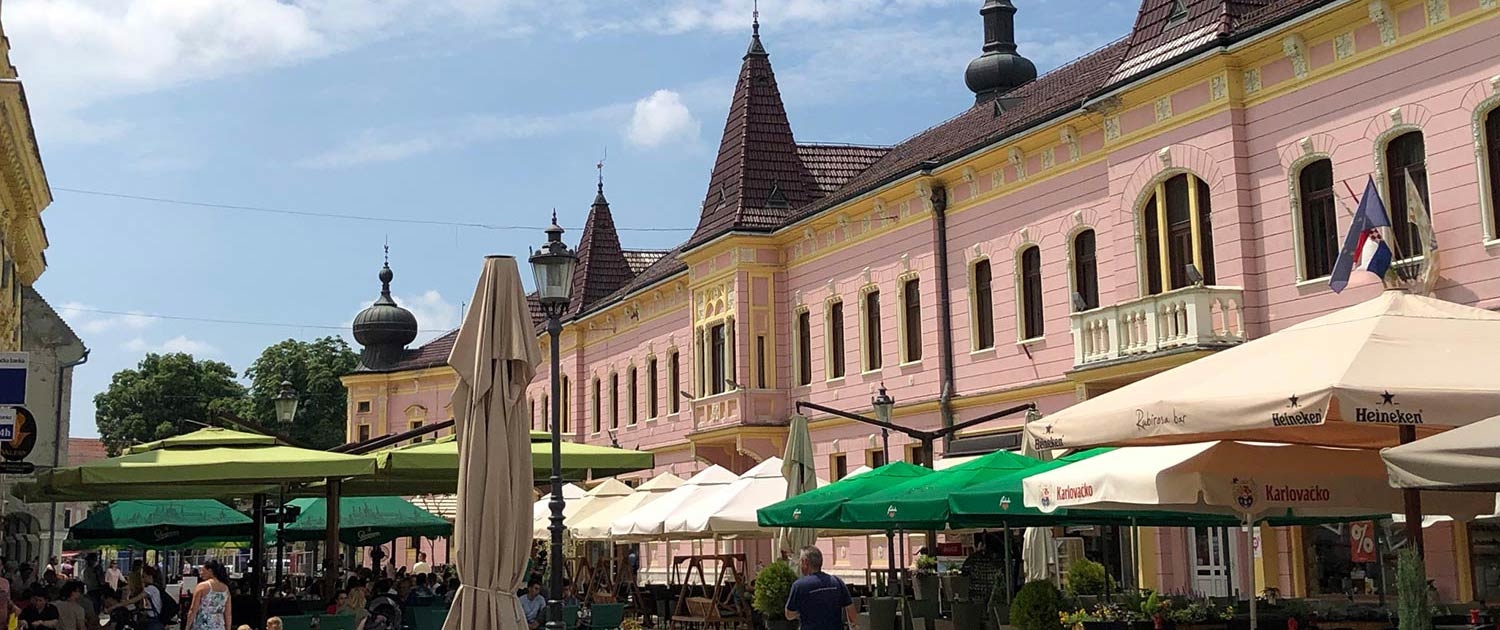
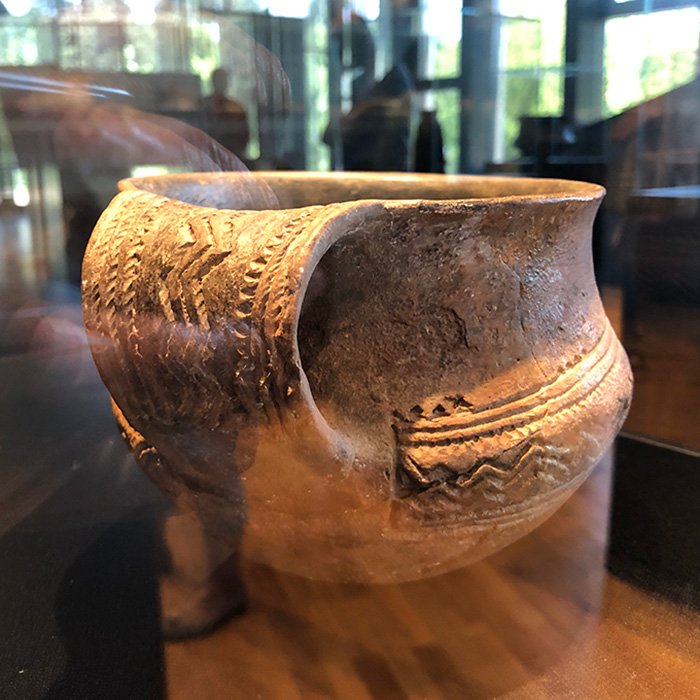
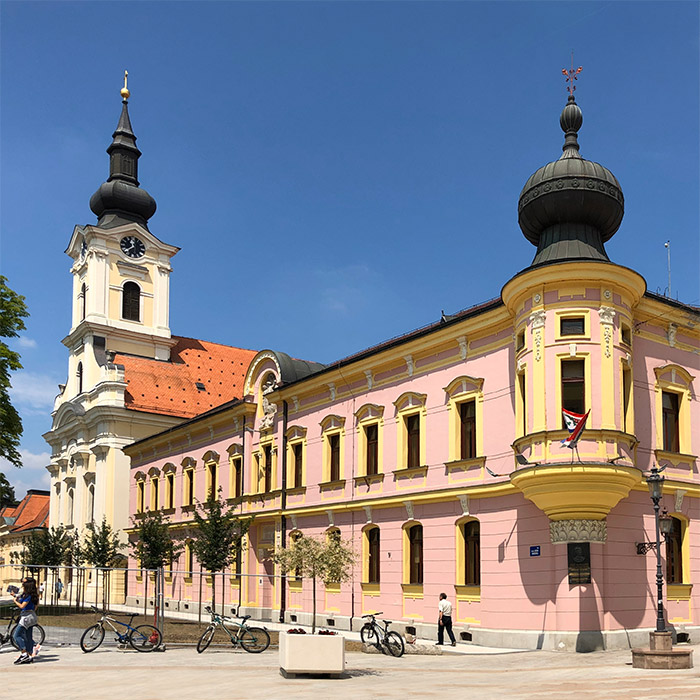
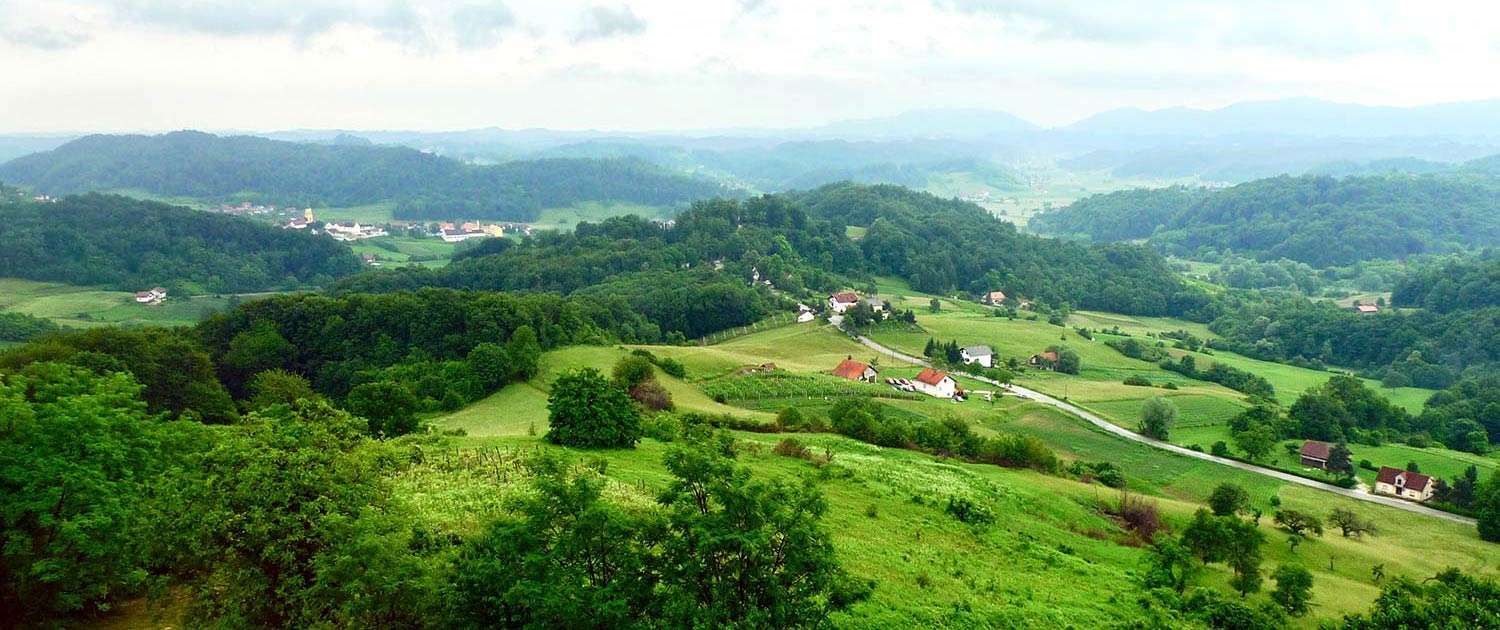
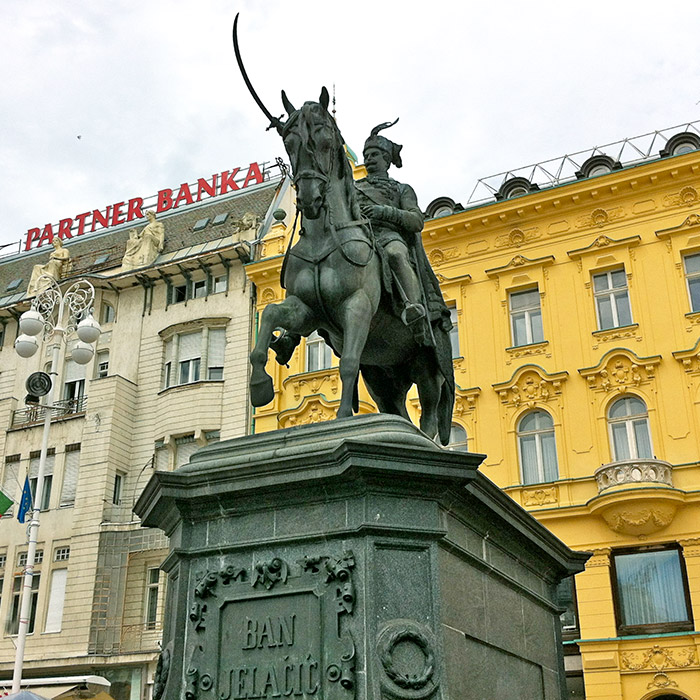
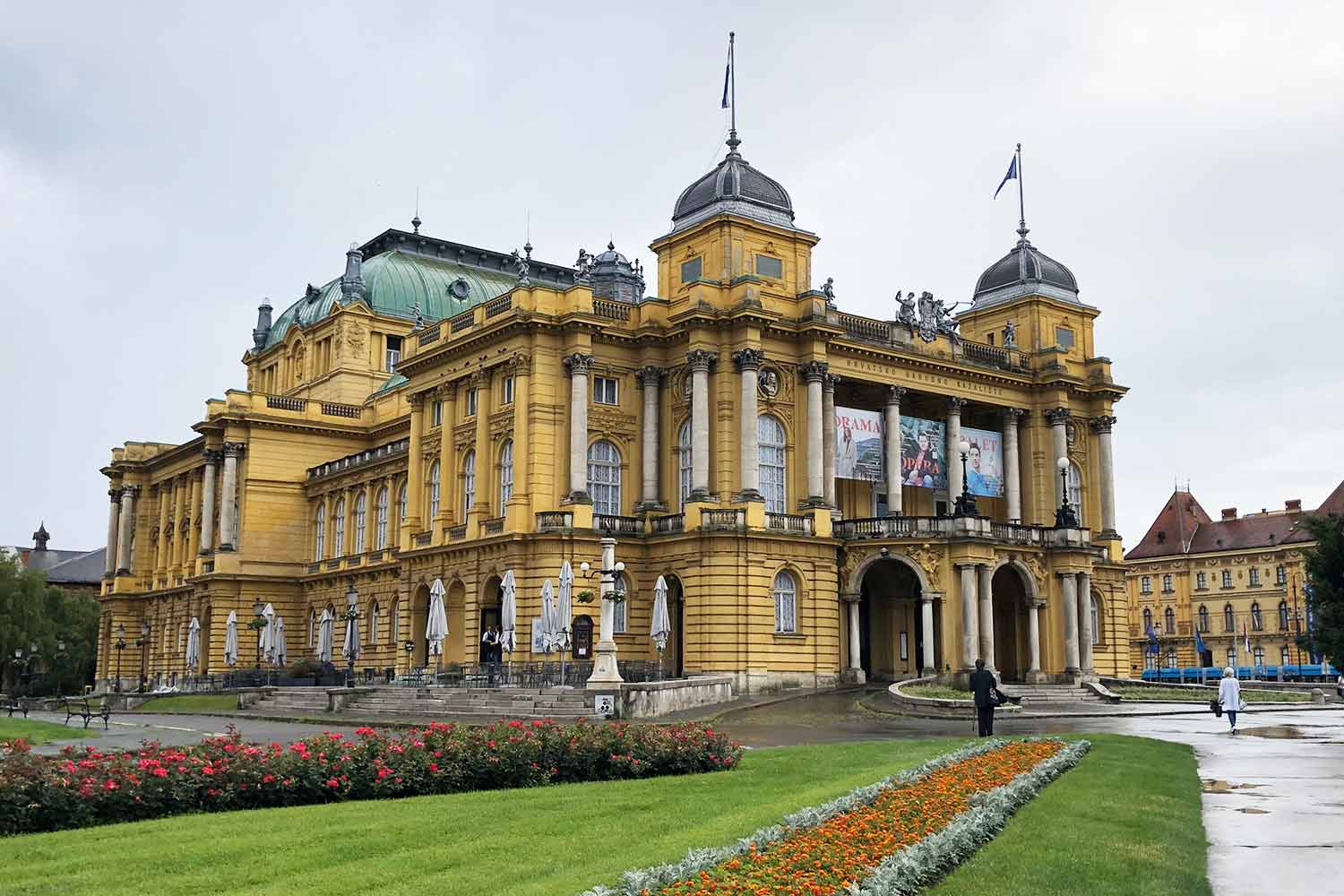
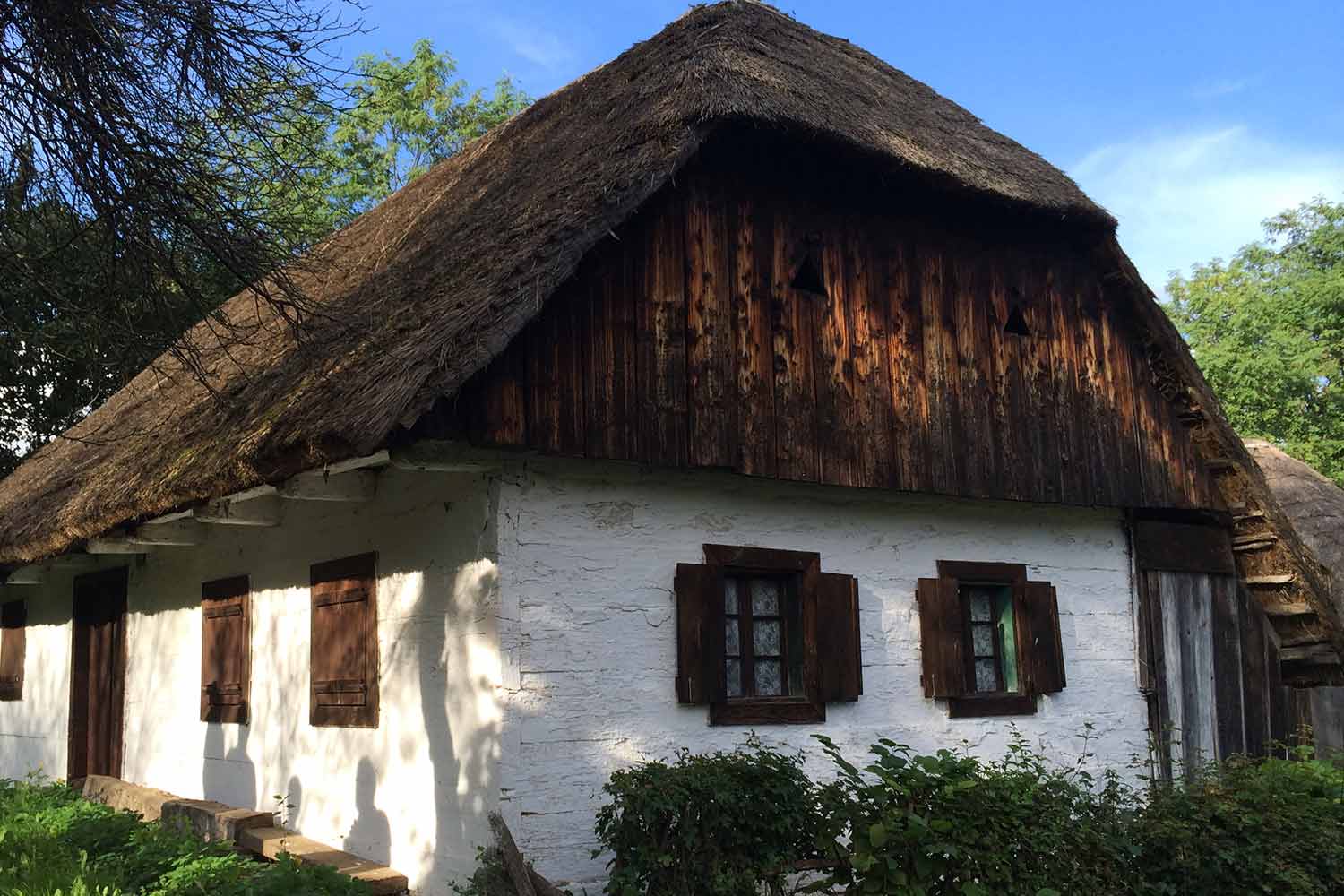
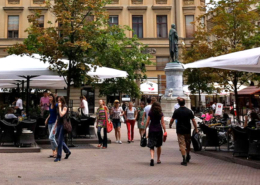 2020 DOMA Trading
2020 DOMA Trading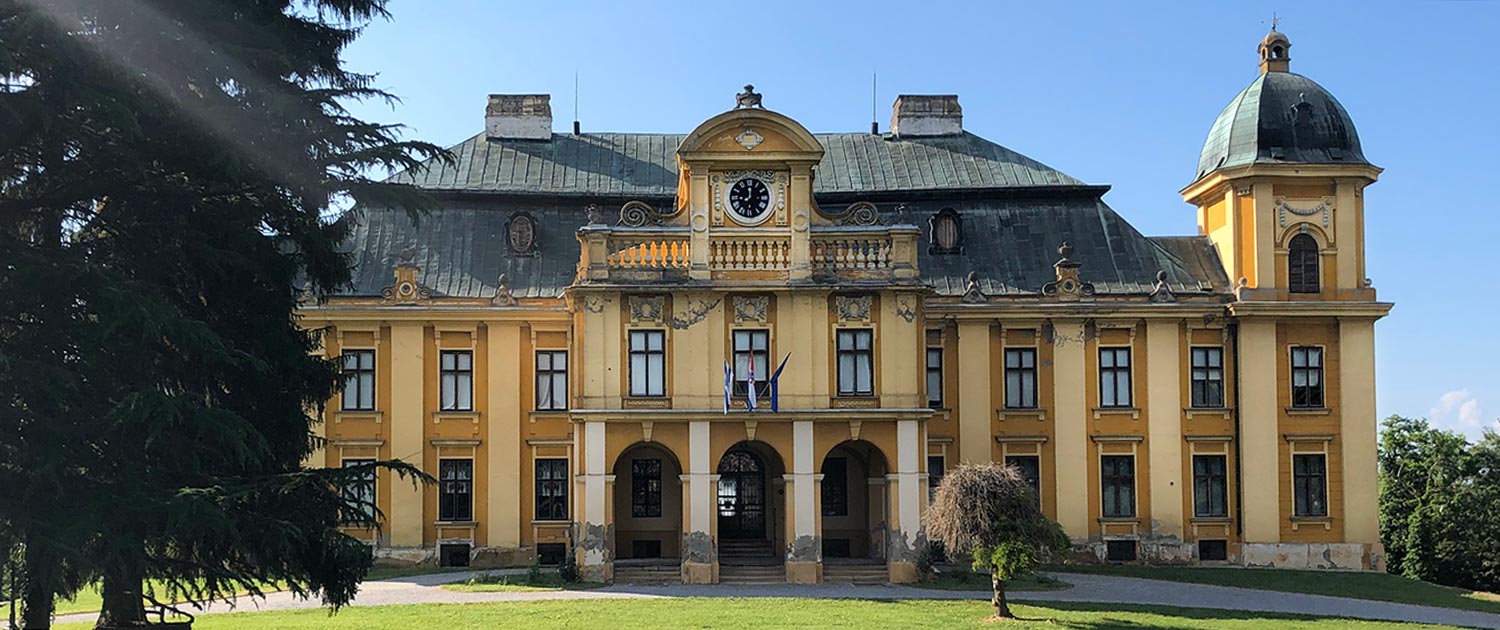
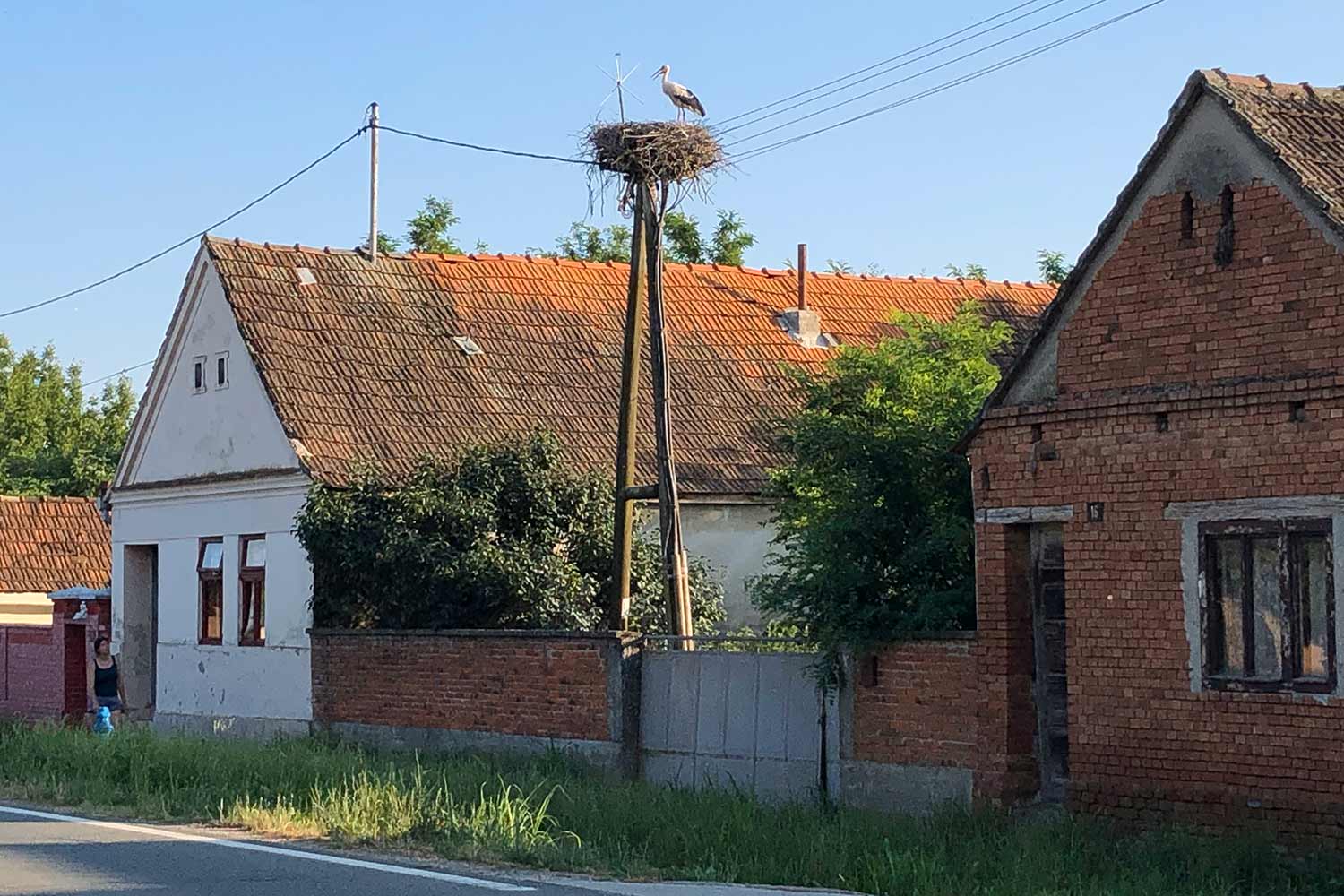
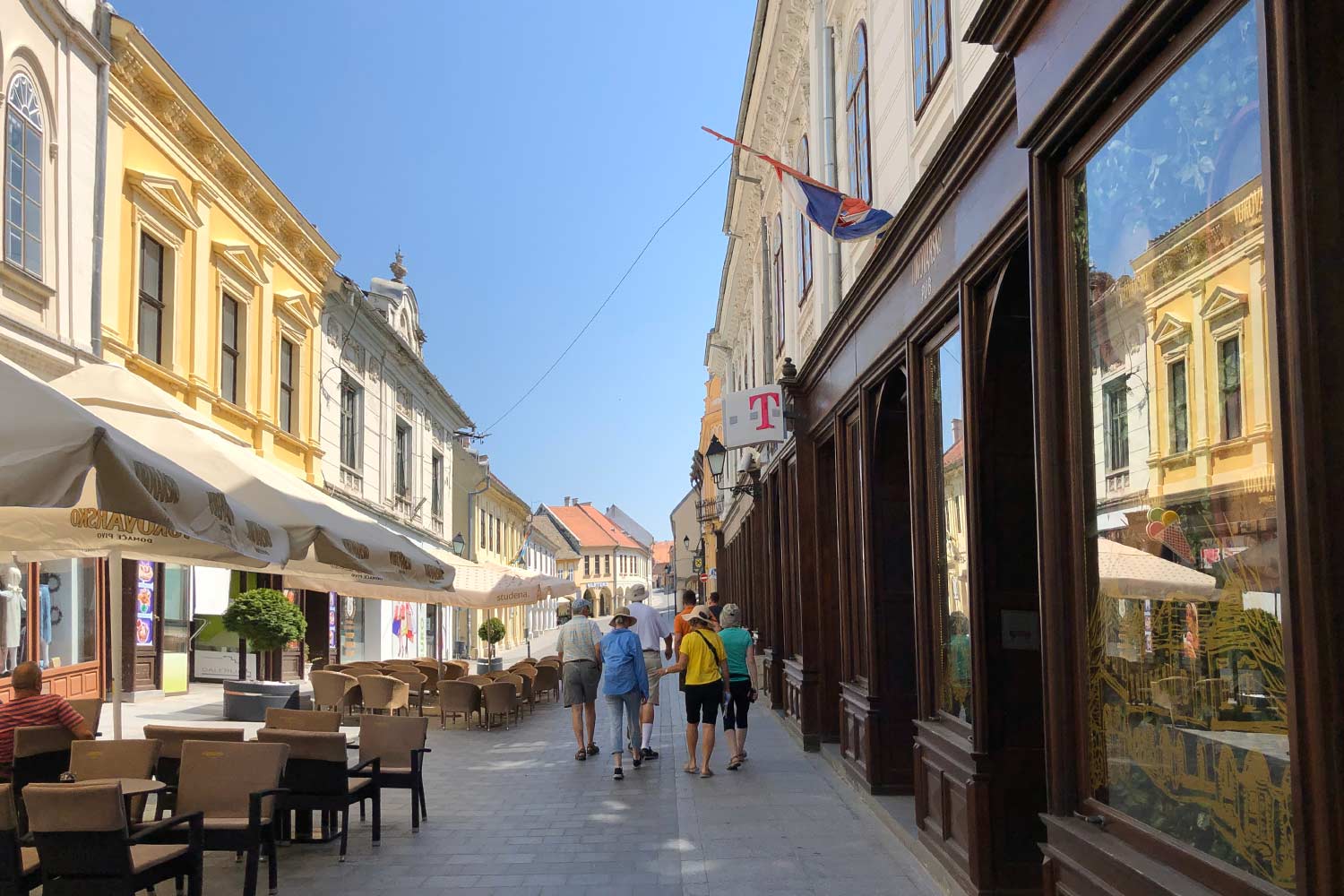
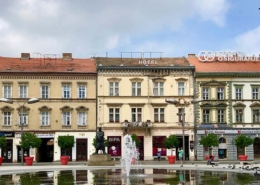 2019 DOMA Trading
2019 DOMA Trading 2019 DOMA Trading
2019 DOMA Trading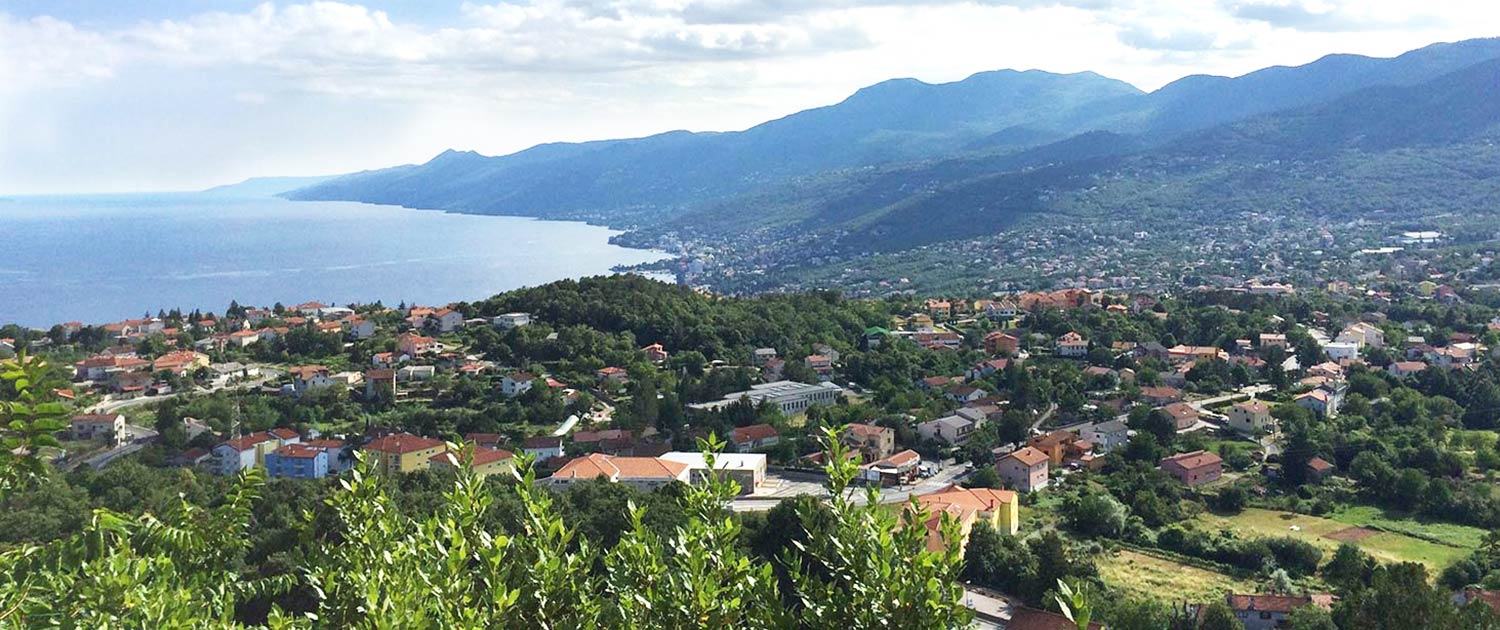
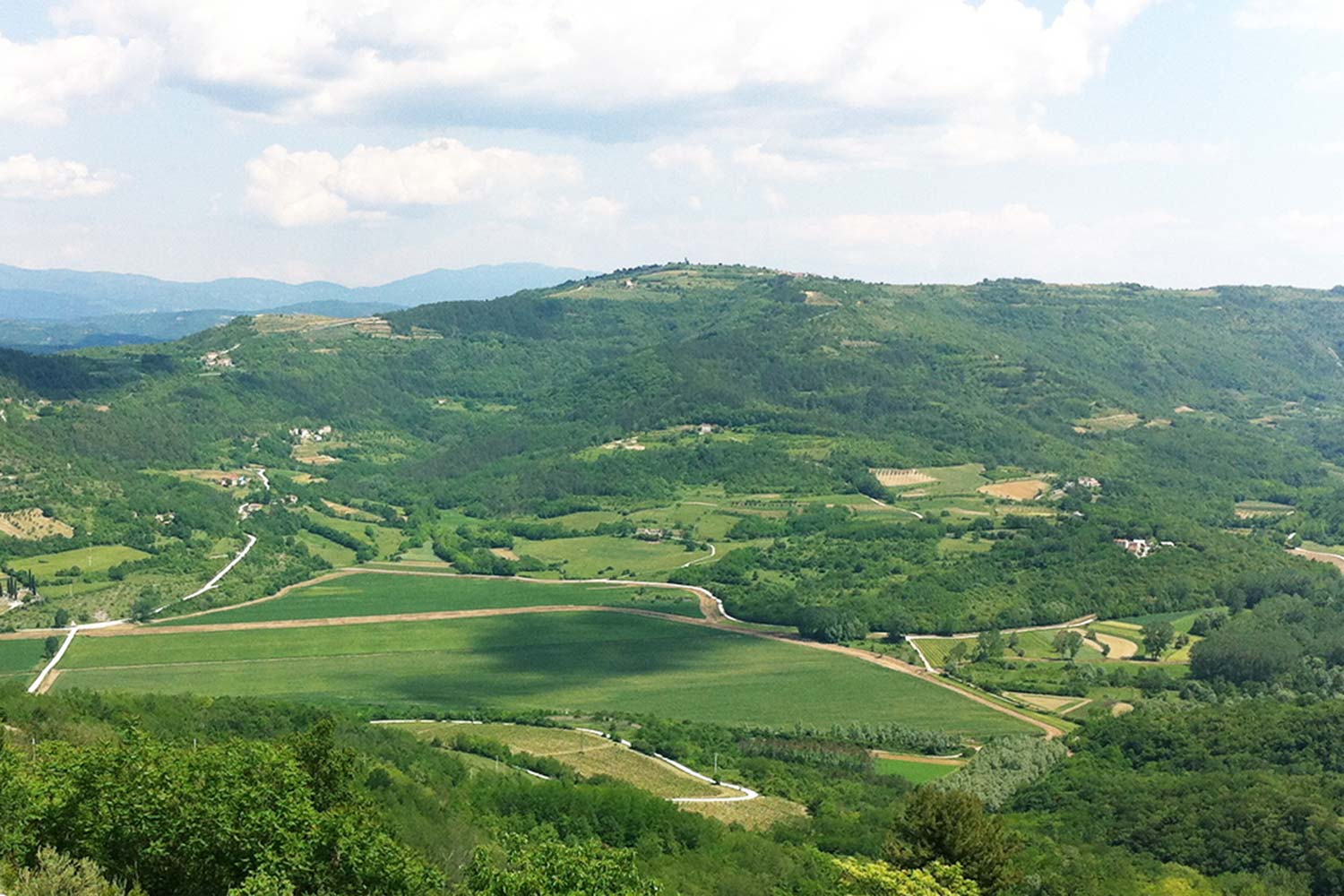
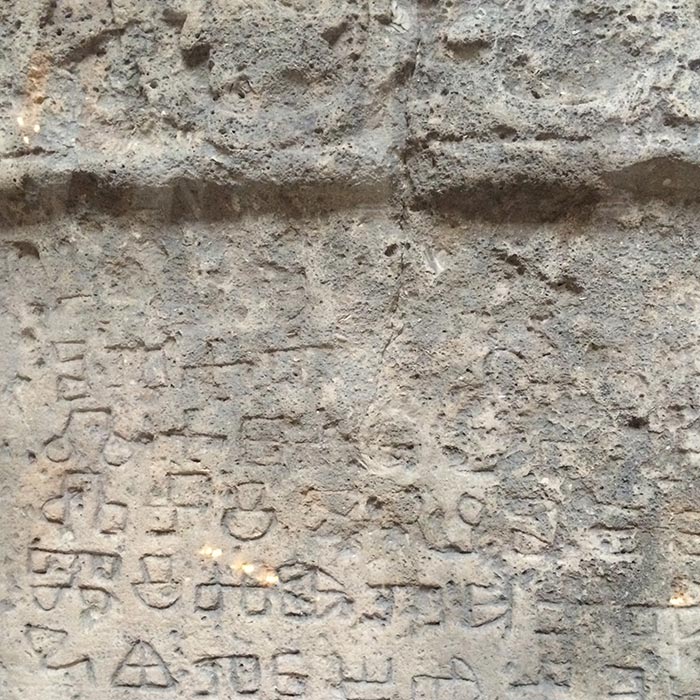
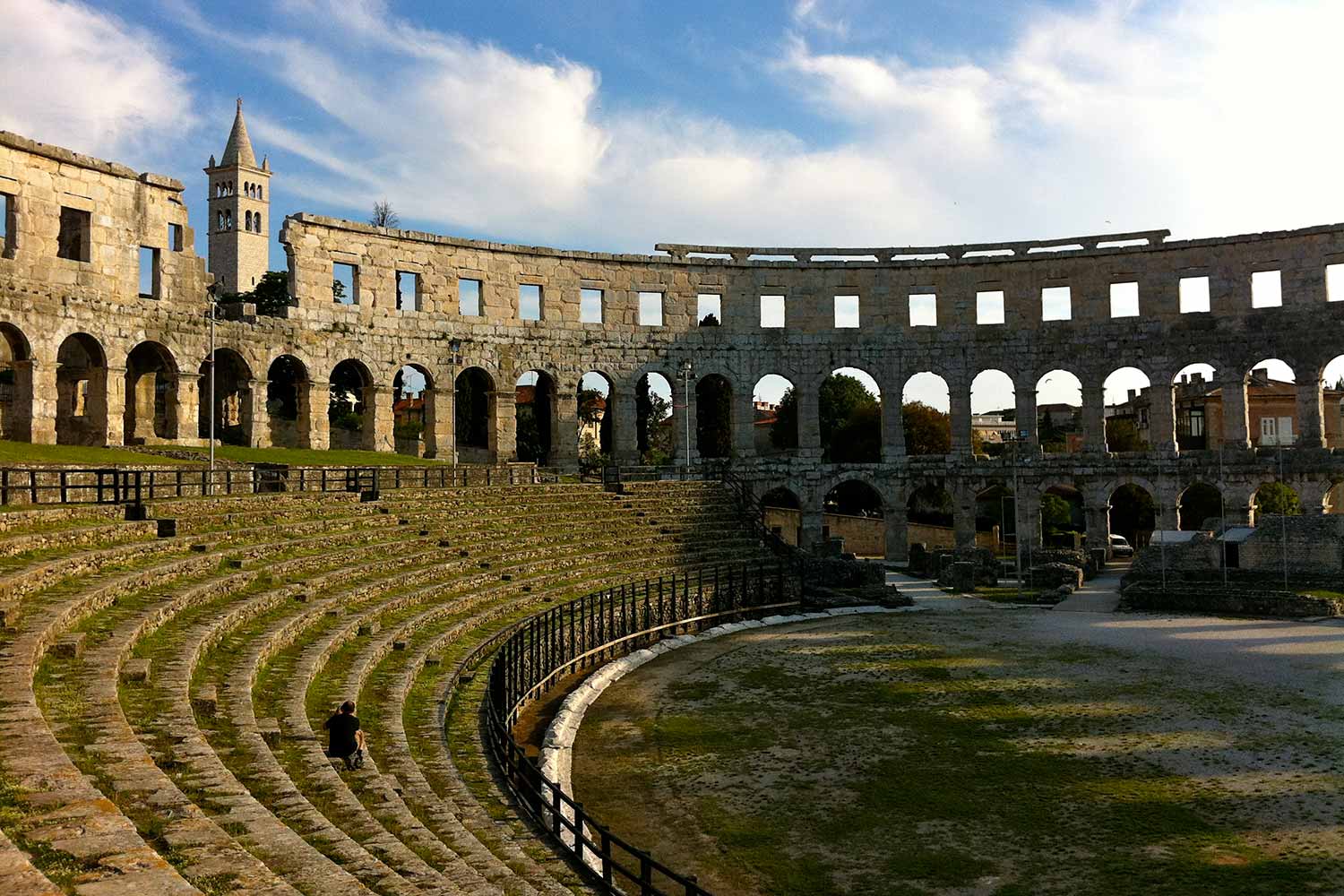
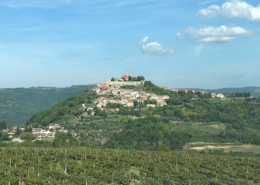 ©2020 DOMA Trading
©2020 DOMA Trading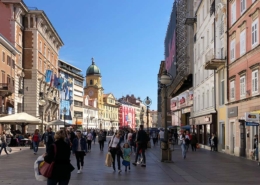 2019 DOMA Trading
2019 DOMA Trading 2019 DOMA Trading
2019 DOMA Trading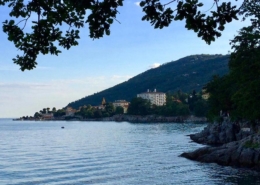 2019 DOMA Trading
2019 DOMA Trading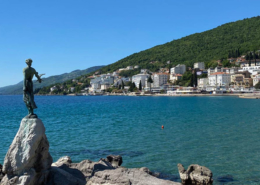 ©2020 DOMA Trading
©2020 DOMA Trading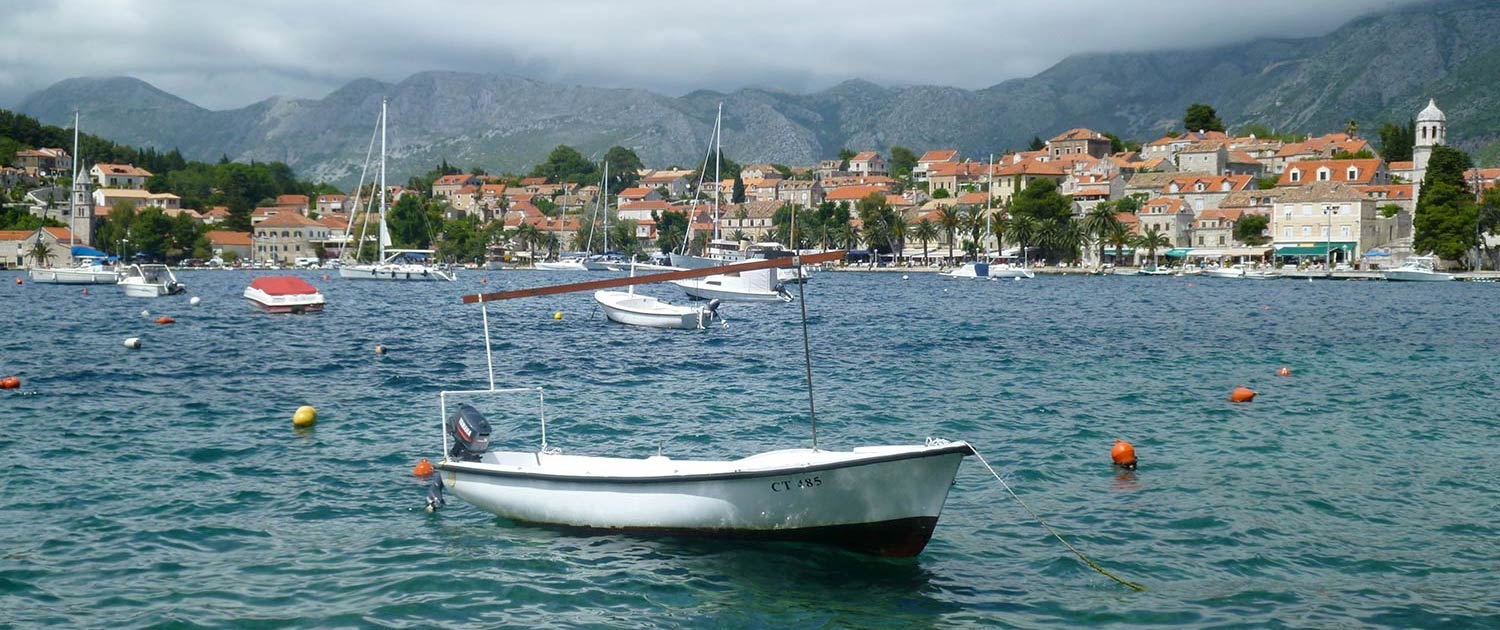
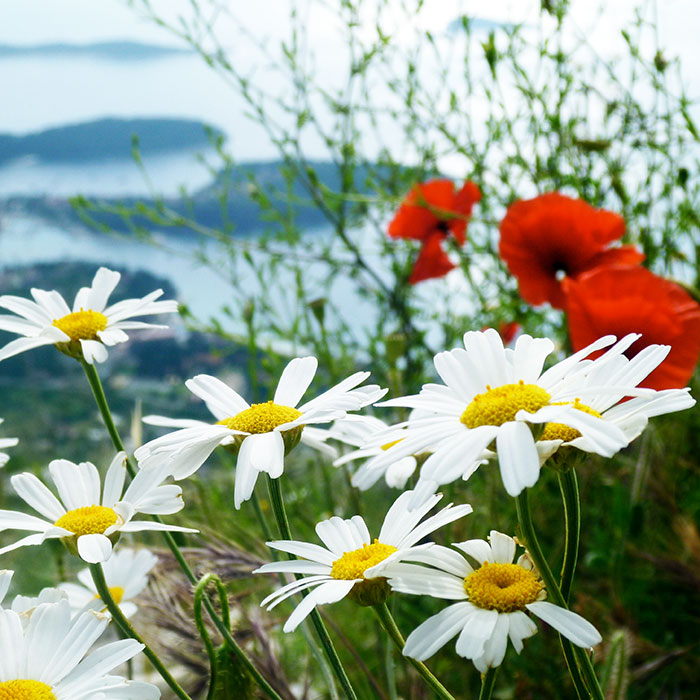

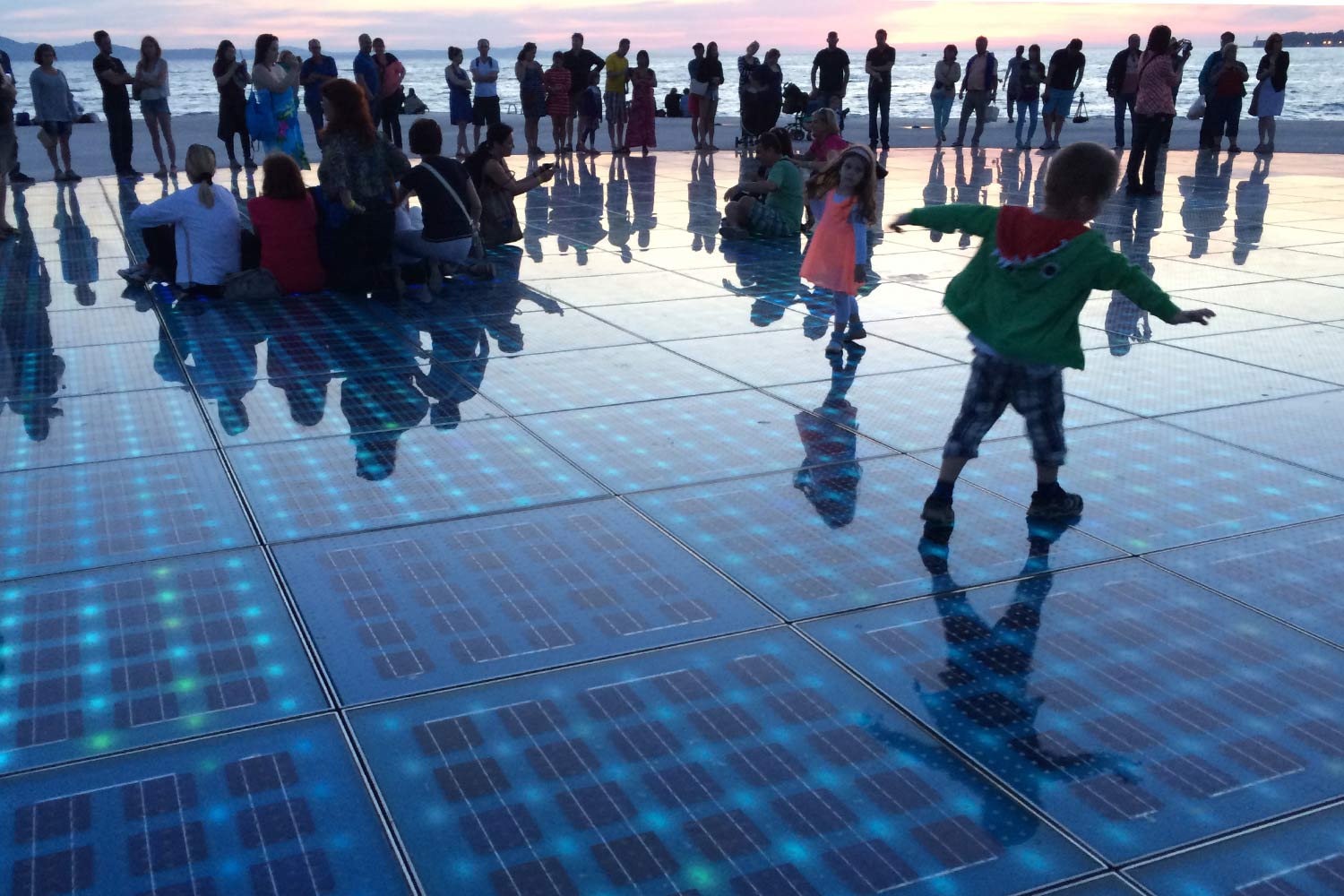
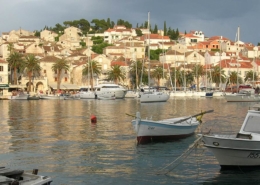 ©2020 DOMA Tradin
©2020 DOMA Tradin